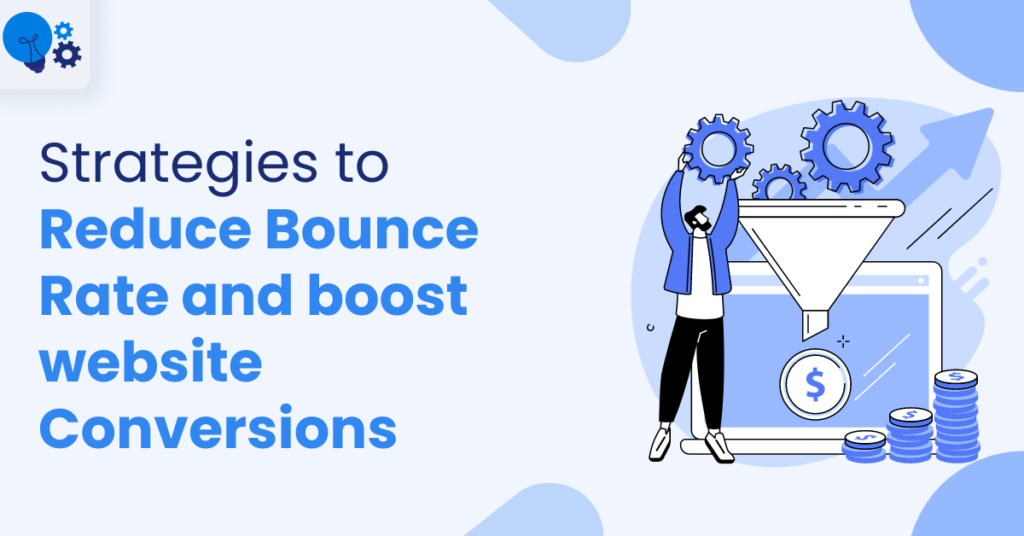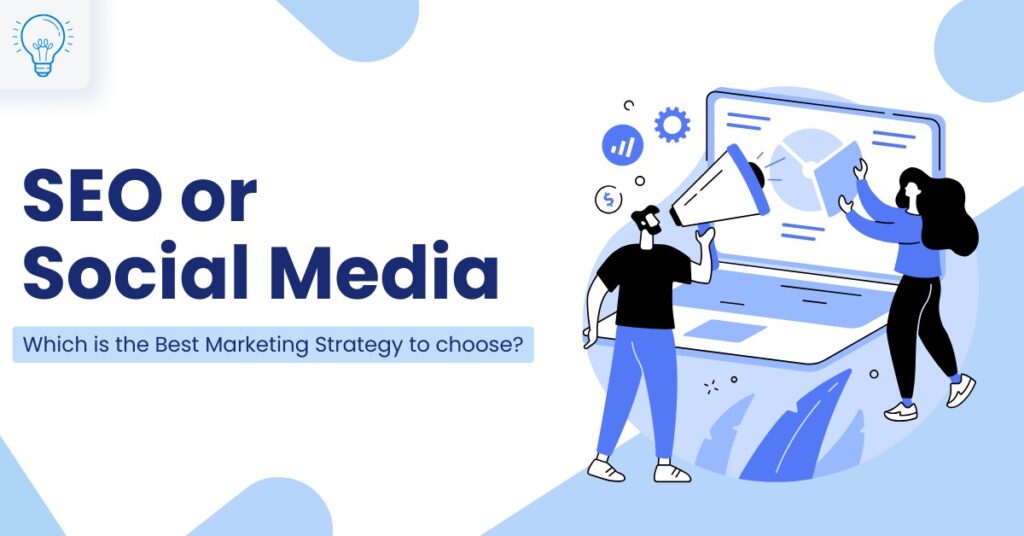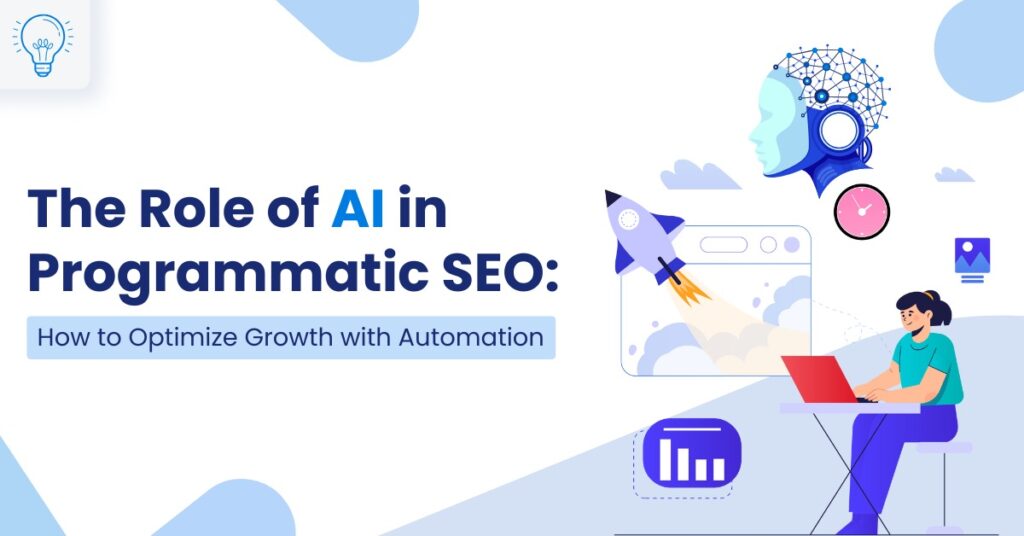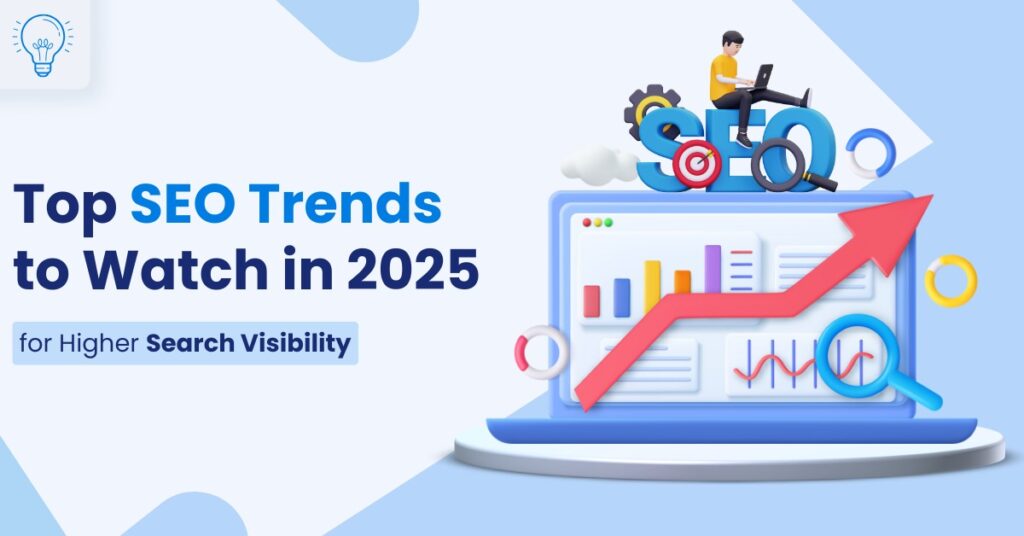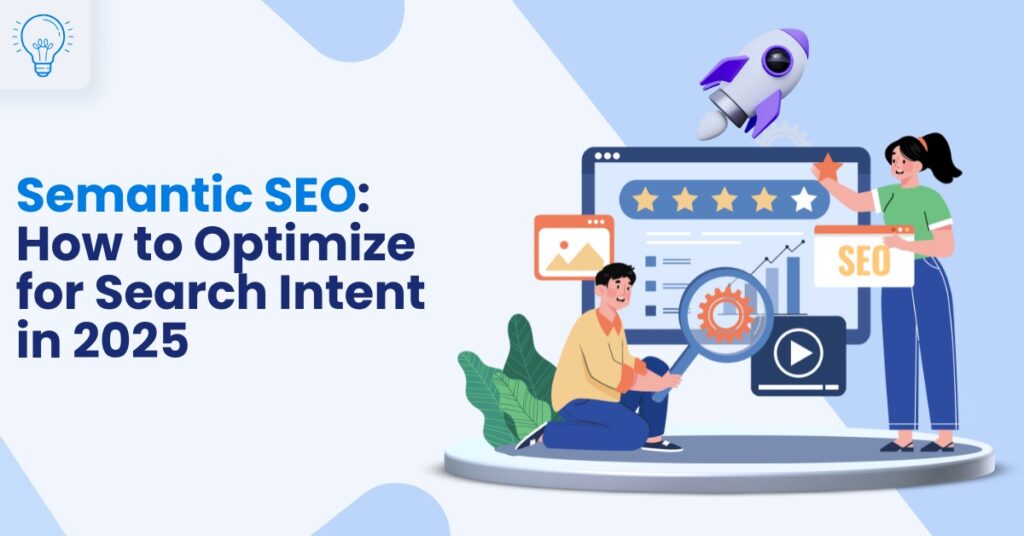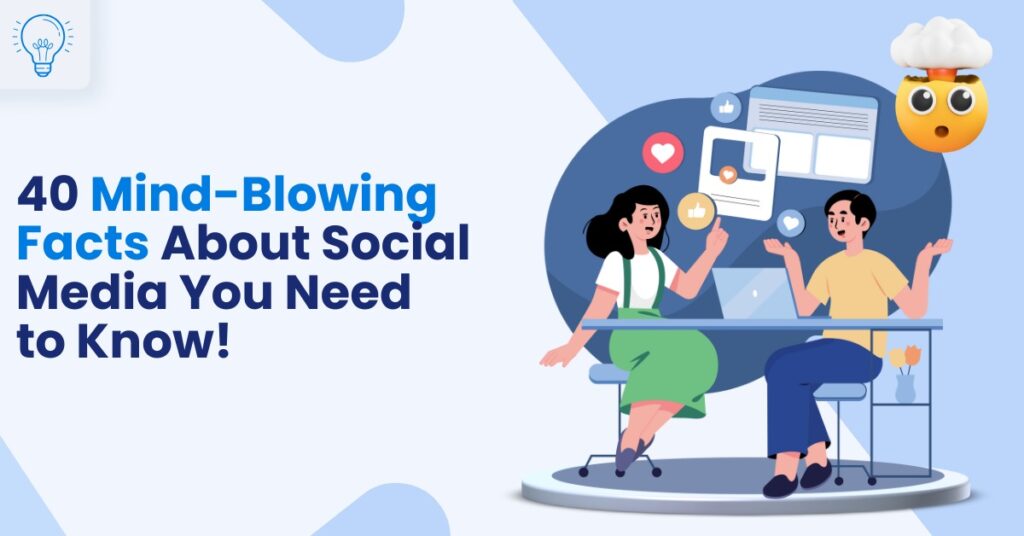In the digital marketing landscape, one metric that often keeps website owners up at night is the bounce rate. But what exactly is bounce rate, and why does it matter so much?
Define Bounce Rate: Simply put, bounce rate is the percentage of visitors who land on your website and leave after viewing only one page. It’s like someone walking into a store, taking a quick look around, and immediately walking out without engaging further.
Why It Matters: A high bounce rate is more than just a vanity metric – it can significantly impact your website’s performance. It’s a clear indicator that something isn’t resonating with your audience, whether it’s your content, user experience, or overall website design. More importantly, a high bounce rate can negatively affect your conversions and even your SEO rankings.
In this blog post, we’ll explore 15 effective strategies to reduce your bounce rate and boost your website conversions. From technical optimizations to content improvements, we’ll cover a range of tactics that can help transform your website into a conversion powerhouse.
How to Reduce Bounce Rate: 15 Effective Strategies
1. Optimise Page Load Speed: In today’s fast-paced digital world, speed is king. Studies show that over 60% of users will abandon a site that takes more than four seconds to load.
To improve your page speed:
- Minimise HTTP requests
- Use a content delivery network (CDN)
- Compress images and optimise file sizes
- Simplify your design, especially for mobile
2. Remove Intrusive Interstitials: Full-screen pop-ups might seem like a good idea for capturing leads, but they’re often counterproductive. Instead, consider less intrusive alternatives like slide-ins, corner notifications, or chatbots. These options can engage users without disrupting their browsing experience.
3. Improve Your Brand Storytelling: Great stories captivate audiences and keep them engaged. Focus on customer-centric storytelling that addresses pain points and showcases how your product or service can help. Use customer testimonials and case studies to add authenticity and build trust.
4. Keep Your Content Up-To-Date: Regularly updating your content shows that your site is active and relevant. Implement a monthly content refresh workflow:
- Add new information and statistics
- Update internal and external links
- Target new keywords
- Enhance visual elements
5. Improve Content Relevance and Quality: Ensure your content matches user intent and provides value quickly. Place crucial information “above the fold” and use clear headings, bullet points, and concise paragraphs to improve readability.
6. Focus on Keywords With Volume and Intent: Target long-tail keywords that align with your audience’s search intent. These specific phrases may have lower search volume but often lead to higher conversions as they match user needs more closely.
7. Write Attractive Meta Descriptions: Craft compelling meta descriptions under 160 characters that accurately represent your page content and include a call-to-action. This helps set proper expectations and can improve click-through rates from search results.
8. Enhance User Experience (UX) and Navigation: A positive user experience is crucial for constructively reducing bounce rates. Implement these UX best practices:
- Use white space effectively
- Create a clear visual hierarchy
- Ensure easy navigation
- Make your site mobile-responsive
9. Use Clear and Compelling CTAs: Your calls-to-action (CTAs) should stand out and clearly communicate value. Use action words, create a sense of urgency, and ensure your CTAs are visible without being intrusive.
10. Optimise for Mobile Users: With mobile traffic dominating, ensuring a seamless mobile experience is non-negotiable. Use Google’s PageSpeed Insights to identify and fix mobile performance issues.
11. Focus on E-E-A-T: Demonstrate your Experience, Expertise, Authoritativeness, and Trustworthiness (E-E-A-T) to build credibility:
- Showcase first-hand experience
- Display author credentials
- Secure your site with HTTPS
- Acquire high-quality backlinks
12. Set External Links to Open in New Windows: Prevent users from accidentally leaving your site by setting external links to open in new tabs. This simple change can significantly reduce unintentional bounces.
13. Use Internal Linking Strategically: Guide users through your site with relevant internal links. This encourages deeper exploration and can help move visitors down your sales funnel.
14. Leverage Video Content: Incorporate video content to engage visitors and convey information efficiently. Product demos, explainer videos, and how-to guides can significantly boost time on page and conversion rates.
15. A/B Test to Improve Conversion Paths: Continuously test different elements of your pages to optimise for conversions. From headline variations to CTA placements, A/B testing can reveal what resonates best with your audience.
Conclusion
Reducing your bounce rate is a critical step in improving your website’s performance and boosting conversions. By implementing these 15 strategies, you can create a more engaging, user-friendly site that keeps visitors exploring and, ultimately, converting.
Remember, the key to success lies in understanding your audience and continuously optimising your site based on data and user feedback. Start by implementing a few of these tactics and use tools like Google Analytics to monitor your progress.
Ready to take your digital marketing efforts up to the next level? we offer a comprehensive suite of SEO services tailored to your unique business needs. Our team of SEO experts at Gravitas Consulting can help you reduce bounce rates, improve SEO performance, and drive more conversions. Contact us at [email protected] for a free SEO audit and discover how we can optimise your website for success. Remember, in the world of SEO, every detail counts – let’s make sure yours are working hard for you.
We stay ahead of the latest search engine algorithms and digital marketing industry trends to ensure your website maintains a competitive edge.

